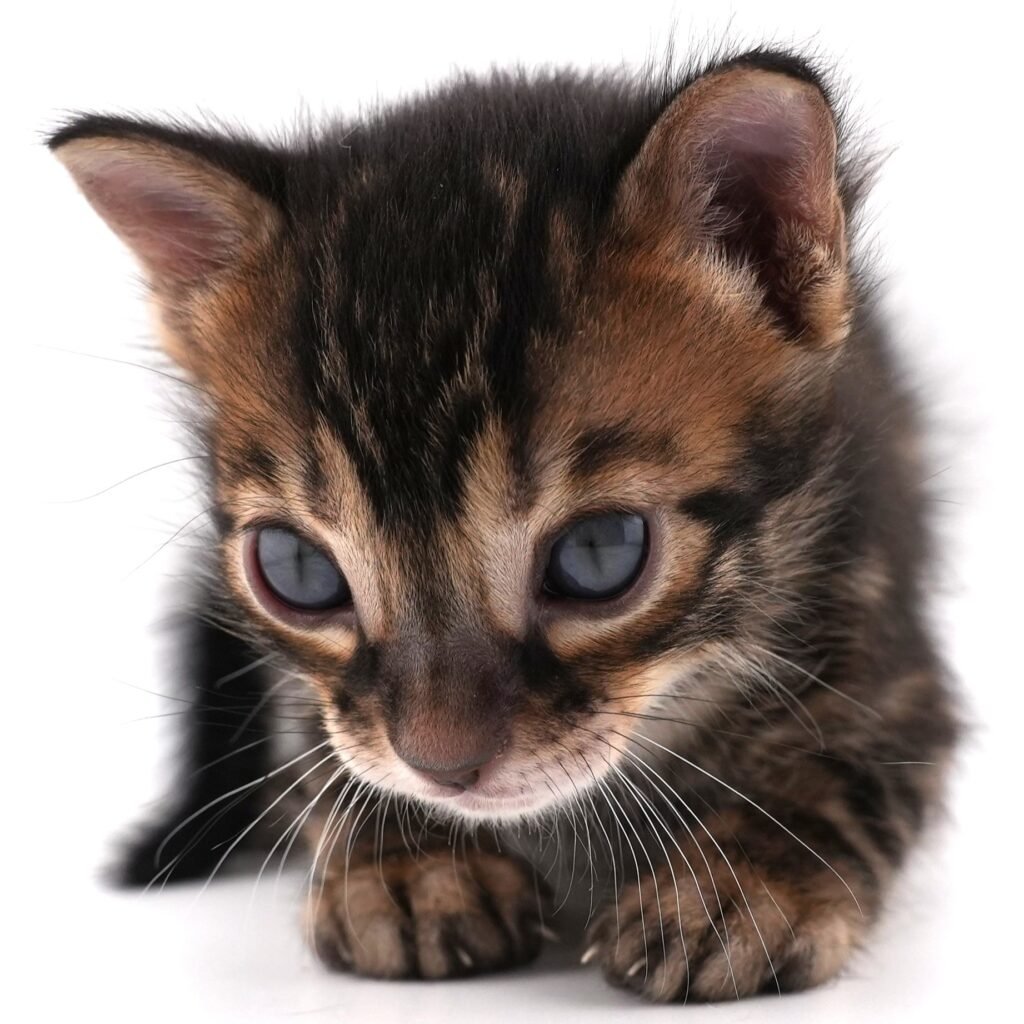
Litter Box Basics: Selecting and Caring for Your Bengal’s Needs
Caring for your Bengal cat starts with creating a clean, comfortable, and well-maintained litter box environment. The type of litter you choose and how you manage it daily directly impacts your cat’s health and happiness. This guide provides insights into selecting the right litter and maintaining a hygienic space that meets the specific needs of your Bengal. Whether you’re beginning your journey with a Bengal cat or looking to refine your approach, this resource offers valuable tips to ensure your cat’s litter box is a place of comfort and security.
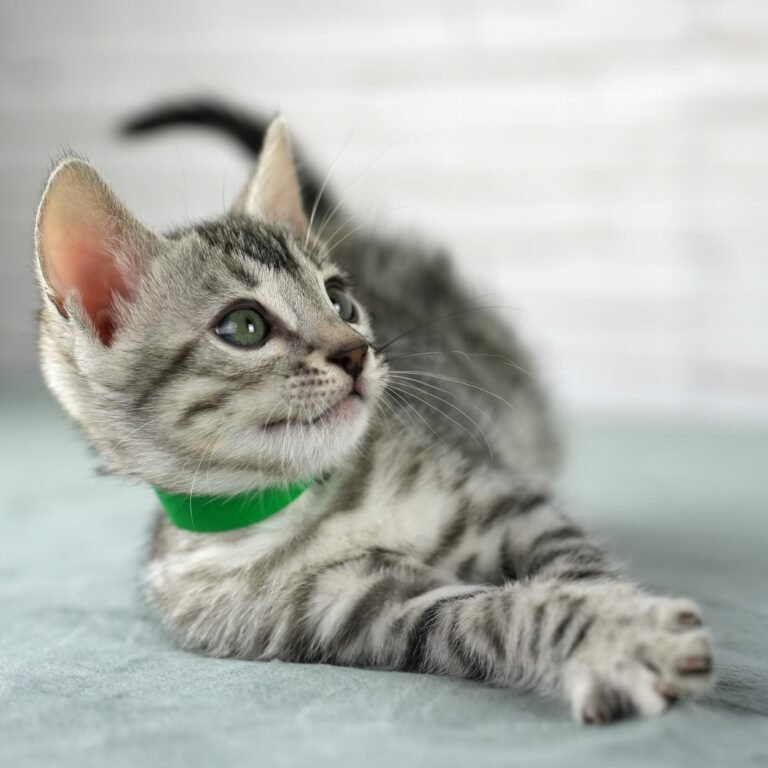
Maintaining Cleanliness With Litter Box Hygiene
Regular cleaning of your Bengal cat’s litter box is crucial for their health and comfort. It prevents health issues, reduces the chance of inappropriate elimination, and keeps the environment inviting. By maintaining a clean litter box, you minimize the risk of infections and control odors, which not only makes the space more appealing to your cat but also ensures a fresher home. Cats are highly sensitive to their surroundings, and a dirty litter box can lead to stress, anxiety, and unwanted behaviors. Prioritizing litter box hygiene is a simple yet vital step in supporting your cat’s overall well-being and maintaining a harmonious living space.
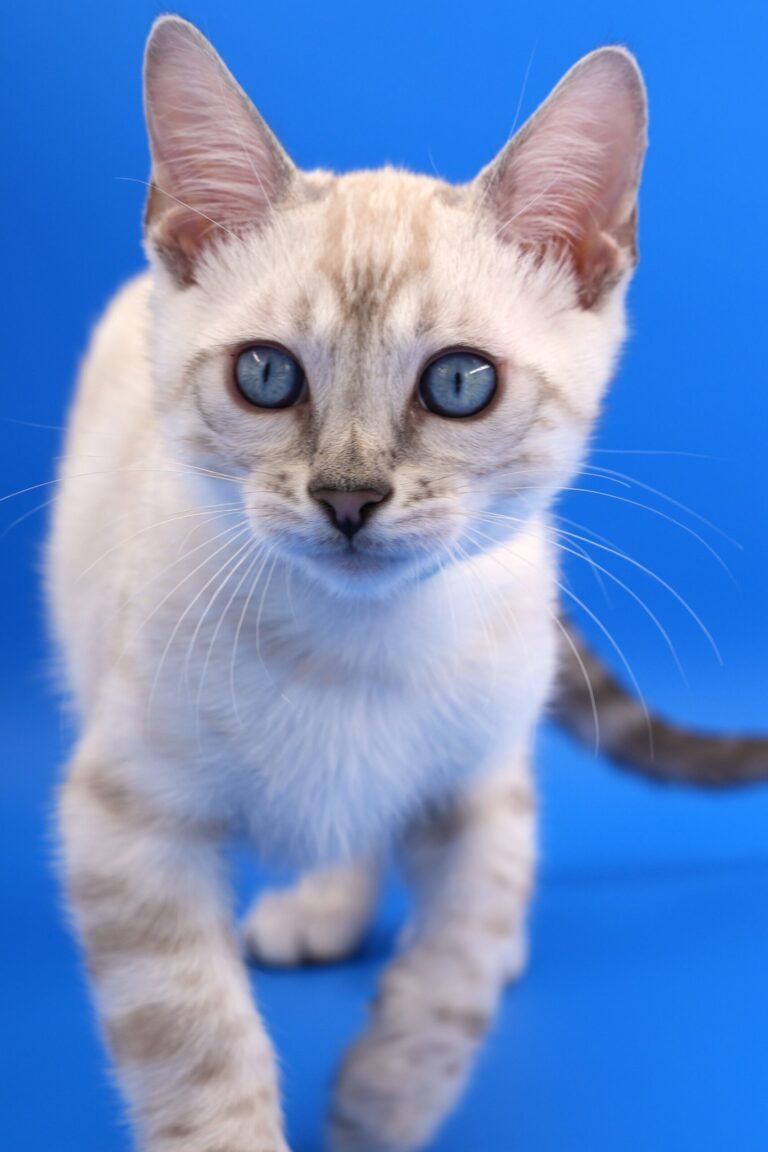
Litter Box Knowledge: Placement and Quantity
A good rule of thumb, or paw, is to have one more litter box than the number of cats you own. For example, if you have one cat, provide two litter boxes; if you have three cats, aim for four. Cats are territorial, and having multiple boxes helps prevent disputes and ensures each cat always has a clean, appealing spot to use. Some cats even prefer separate boxes for urinating and defecating, so even in a single-cat home, having at least two boxes is recommended. This approach helps maintain a peaceful environment and supports your cat’s natural behaviors.
When choosing a location for your Bengal cat’s litter boxes, aim for several easily accessible locations throughout your home to ensure your Bengal kitten can reach them promptly. In multi-story homes, be sure to provide boxes on each level. This strategic arrangement helps prevent accidents and aids in establishing good habits. Avoid placing boxes near food and water bowls to maintain a clean and hygienic environment. By thoughtfully positioning the litter boxes, you support your kitten’s litter box habits and contribute to a well-organized and comfortable living space.

Picking the Perfect Litter for Your Bengal Cat
Choosing the right litter for your Bengal is important for their comfort and health. The texture, scent, and ingredients of litter can influence your cat’s willingness to use the litter box and impact their well-being.
Some litter may contain chemicals or produce dust that can pose health risks. Understanding the different types of litter and their effects will help you select an option that aligns with your Bengal’s needs while keeping your home clean and fresh.
- Scented Litter: Scented litters are designed to mask odors by using added fragrances or odor-neutralizing chemicals. While they can help manage unpleasant smells in your home, many cats find the strong scents overwhelming or irritating, which might discourage them from using the litter box. Additionally, the chemicals in scented litter can pose health risks. Cats may experience respiratory irritation from inhaling these fragrances, and there is some concern that scented litters could contribute to urinary tract infections due to irritation, although this link is not definitively proven.
- Clumping Agents: Many litters contain clumping agents such as bentonite clay, which expands upon contact with moisture, allowing it to form tight clumps that can be easily scooped out. However, there are safety concerns regarding clumping agents, particularly for kittens. These young cats may ingest the litter while grooming themselves, potentially leading to intestinal blockages.
- Dust Levels: Dust is a significant concern in litters as it can contribute to respiratory issues in both cats and humans. It’s also worth considering the mess factor, as dust from litter can spread to surrounding areas, requiring more frequent cleaning.
- Natural Litter: Natural litters are made from materials like pine, corn, wheat, walnut, and recycled paper. These natural litters are often highly absorbent, non-toxic, and produce minimal dust, making them a safer choice for both your cat and the environment. The natural composition helps create a cleaner and healthier space for your cat, significantly reducing the risk of respiratory issues or chemical exposure. Additionally, many of these litters are flushable, providing convenient disposal options while minimizing environmental impact.
While many natural litters use more friendly clumping agents, it is important to check the ingredients carefully, as some clumping varieties contain harmful agents like sodium bentonite, which can pose risks to your cat’s health. - Kiln Dried Pine Pellet Litter: At Pet Perfect Bengals, we use pine pellet litter for its numerous benefits. Pine’s natural antimicrobial properties help control harmful bacteria, keeping the litter box fresher for longer. It is made from compressed wood shavings, is highly absorbent, and is ideal for sifting litter boxes. Pine pellet litter offers an affordable eco-friendly option that is excellent for odor control, contains minimal dust, and reduces tracking due to its large size, keeping your home clean.
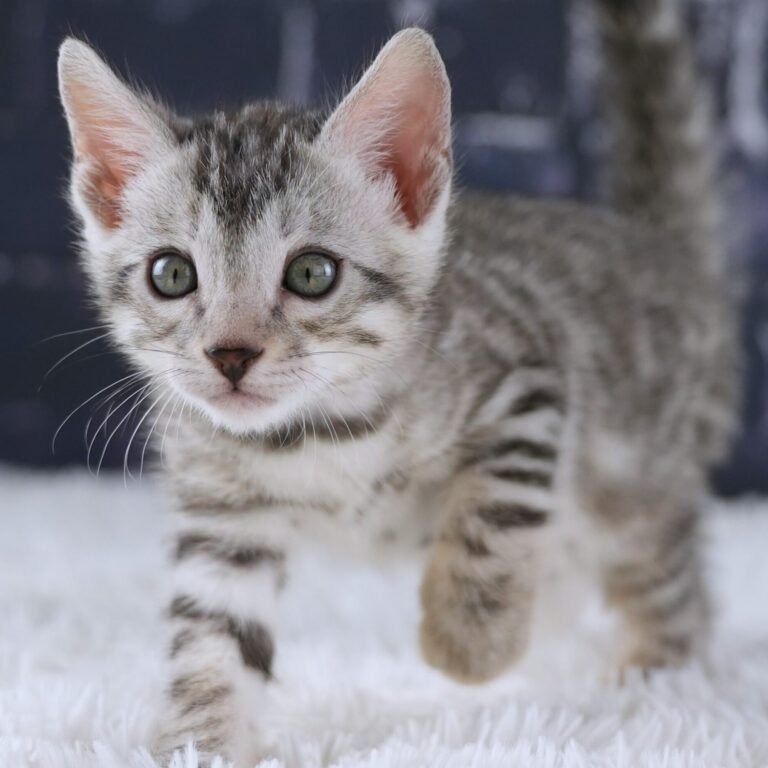
The Ultimate Litter Box System: Our Unique Pine Pellet Solution
At Pet Perfect Bengals, we understand that a well-designed litter box system is crucial for maintaining both your Bengal’s health and your home’s cleanliness. Given the limited availability of pine pellet litter boxes on the market, we’ve created a system specifically tailored to the unique needs of our cattery. This system not only provides a comfortable and odor-free environment for your cats but is also designed to be easy to assemble and maintain. It is more user-friendly and efficient than other pine pellet litter box systems we’ve tested, including modified versions of the Breeze system. While we have yet to try alternatives like the Mr. Catman sifter box, our experience with our design has proven highly successful.
Top Sifter
Start with the white sifter from the Arm & Hammer sifter box. This clever tool keeps the clean pine pellets on the surface, while the used litter, now broken down into sawdust, effortlessly falls through. This means your Bengal always has fresh, dry litter to use, reducing odor and the need for frequent full changes.
Middle Puppy Pad
Just below the sifter, we place an XL puppy pad, which acts as the system’s absorbent layer. As the pine pellets absorb urine and turn to sawdust, the pad efficiently captures this sawdust, keeping the litter box dry and preventing any potential mess.
Bottom Pan
Finally, a sturdy pan sits at the bottom, holding the puppy pad and collected sawdust securely in place. This pan not only keeps everything contained but also makes the cleanup process quick and hassle-free, just remove the pad and replace it with a new one.
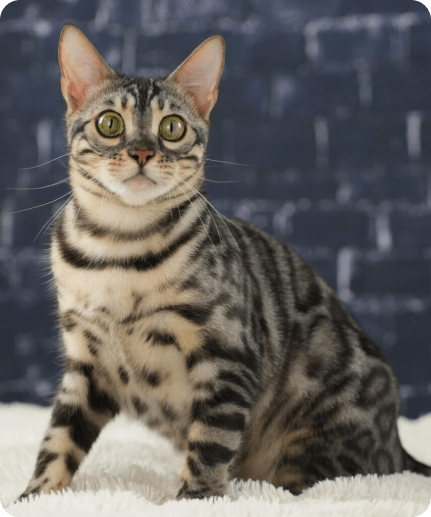
Toilet Training Your Bengal Kitten
Toilet training is an alternative for families who wish to move away from traditional litter boxes. The Kitty’s Loo system provides an excellent solution for this, featuring a cat toilet training seat that begins on the floor over a small litter box.
When starting this process it’s important to use a flushable, septic-safe litter. As your Bengal kitten grows accustomed to the setup, you can gradually elevate the seat to the toilet level. This method reduces litter use, minimizes odors, prevents litter tracking, and is both eco-friendly and easy to clean.
Before starting toilet training, ensure your kitten is healthy. Keep in mind that toilet training can take weeks and may not suit every cat. If the process proves too challenging, revert to a traditional litter box.
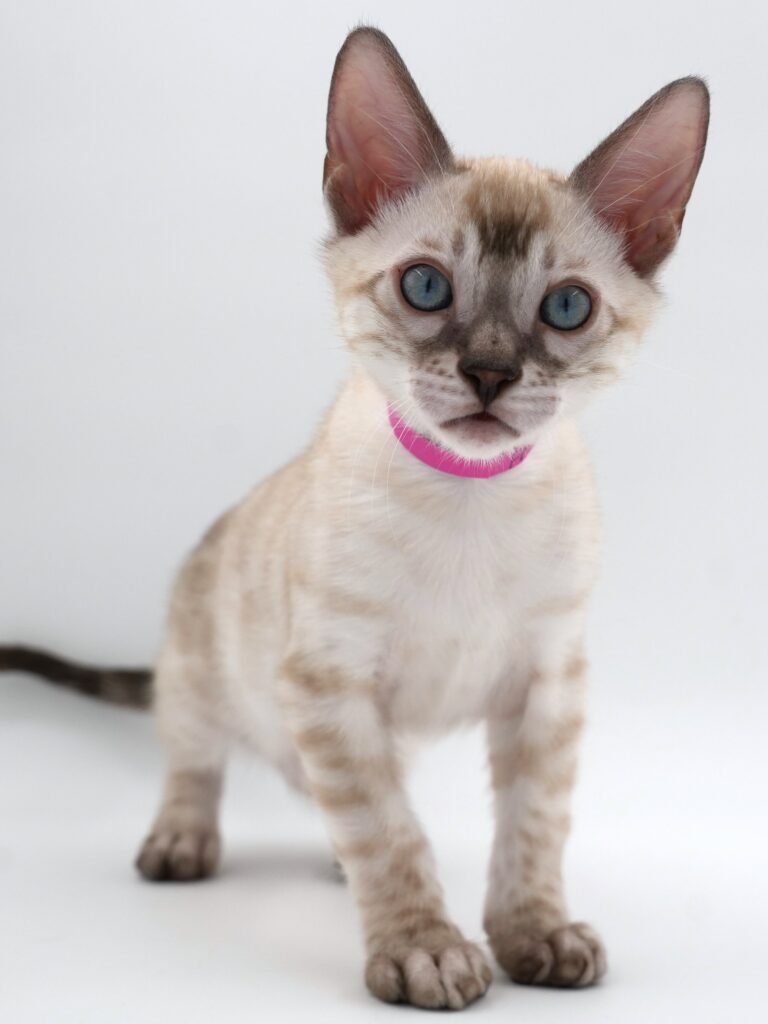
Self-Cleaning Litter Boxes: Convenience at a Cost
We do not recommend using self-cleaning litter boxes due to several concerns that could impact your cat’s well-being. The automatic removal of waste, although convenient, makes it difficult to monitor your Bengal’s health through their elimination, potentially missing early signs of serious conditions that can be detected by changes in their fecal and urine health, which should be checked daily.
Additionally, the noise and movement of these litter boxes can cause stress, leading to litter box avoidance. Malfunctioning is another concern; these boxes may activate while your kitten is inside, potentially causing trauma, injury, or even death.
Furthermore, the many nooks and crannies in these devices make thorough sanitation challenging, increasing the risk of bacterial growth and related health issues. Traditional litter boxes, maintained with regular scooping and cleaning, are a safer and more reliable alternative that better meets the needs of your Bengal.
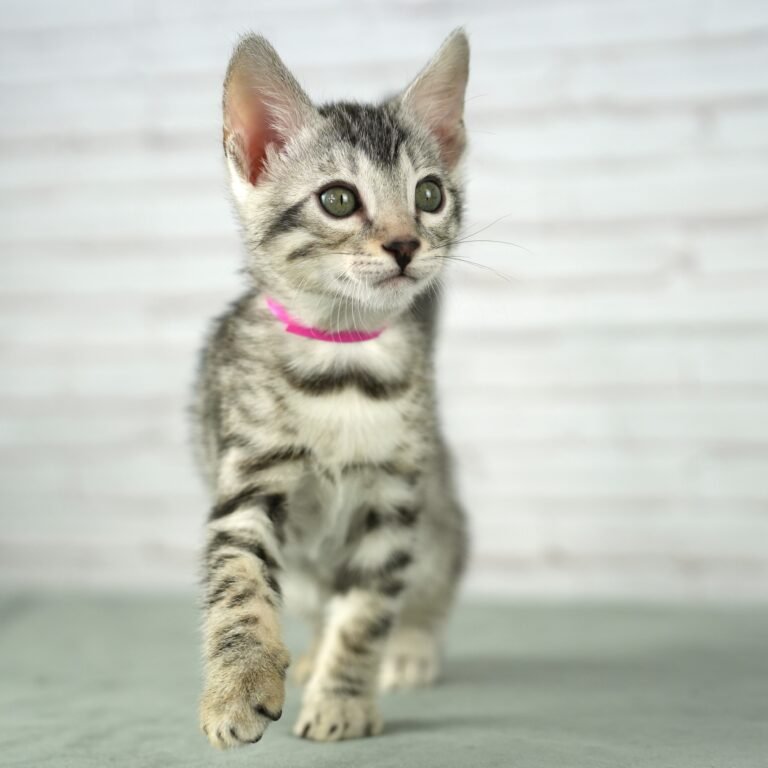
House Soiling: Causes and Solutions
House soiling in cats is a multifaceted issue that can be challenging to manage, often requiring a thorough approach to identify and address the underlying causes. Whether your cat is avoiding the litter box, urinating in inappropriate places, or engaging in behaviors like urine spraying, it’s crucial to take a comprehensive view of their health and environment.
By carefully assessing these factors and making thoughtful adjustments, you can help resolve the issue and restore harmony in your home. The following are some reasons why your cat may choose not to use the litter box.
Medical Problems
- Urinary Tract Issues: Pain from urinary tract infections can make cats associate the litter box with discomfort, leading them to urinate elsewhere.
- Diseases: Conditions like kidney disease, diabetes, and hyperthyroidism can increase urination, causing accidents outside the litter box.
- Digestive Issues: Gastrointestinal problems can cause painful or urgent defecation, leading to house soiling.
- Mobility or Cognitive Decline: Older cats or those with age-related conditions may struggle to reach the litter box in time.
Litter Box Aversions
- Box or Litter Preference: Issues with the size, cleanliness, or type of litter can cause cats to avoid the box, preferring more comfortable surfaces like carpets.
- Location: An unfavorable box location, such as a noisy or hard-to-reach area, may cause avoidance.
- Inappropriate Site Preferences: Certain surfaces or locations might be preferred for elimination if they are perceived as more comfortable or safer.
- Stress or Environmental Changes: Changes like new furniture or the presence of other animals or people can lead to house soiling in specific areas.
Urine Spraying
- Marking Behavior: Spraying is a normal territorial marking behavior, usually involving small amounts of urine on vertical surfaces.
- Hormonal Influence: Unneutered or unspayed cats are more prone to spraying, though it can still occur in fixed cats.
Addressing house soiling involves a comprehensive approach that includes medical evaluation, environmental adjustments, and behavioral interventions. Always begin by consulting a veterinarian to rule out any underlying medical issues.
Ensure the litter box is clean, spacious, and located in a quiet, easily accessible location. Consider experimenting with different types of litter or litter boxes, and always provide a minimum of two boxes for a single cat.
If you have multiple cats, offer each their litter box plus an extra one, placing them in separate areas to minimize territorial conflicts. Thoroughly clean any soiled areas with an enzyme cleaner to eliminate lingering odors that may encourage repeat incidents.
Your Bengals Environment also plays a crucial role in preventing house soiling. By increasing your cat’s playtime and providing ample mental stimulation, you can help reduce anxiety and boredom, both of which can lead to inappropriate elimination.
Using pheromone diffusers like Feliway can also help create a calming environment and may reduce the urge to mark territory. Combining these strategies with patience and consistency is often the most effective approach to resolving house-soiling problems.
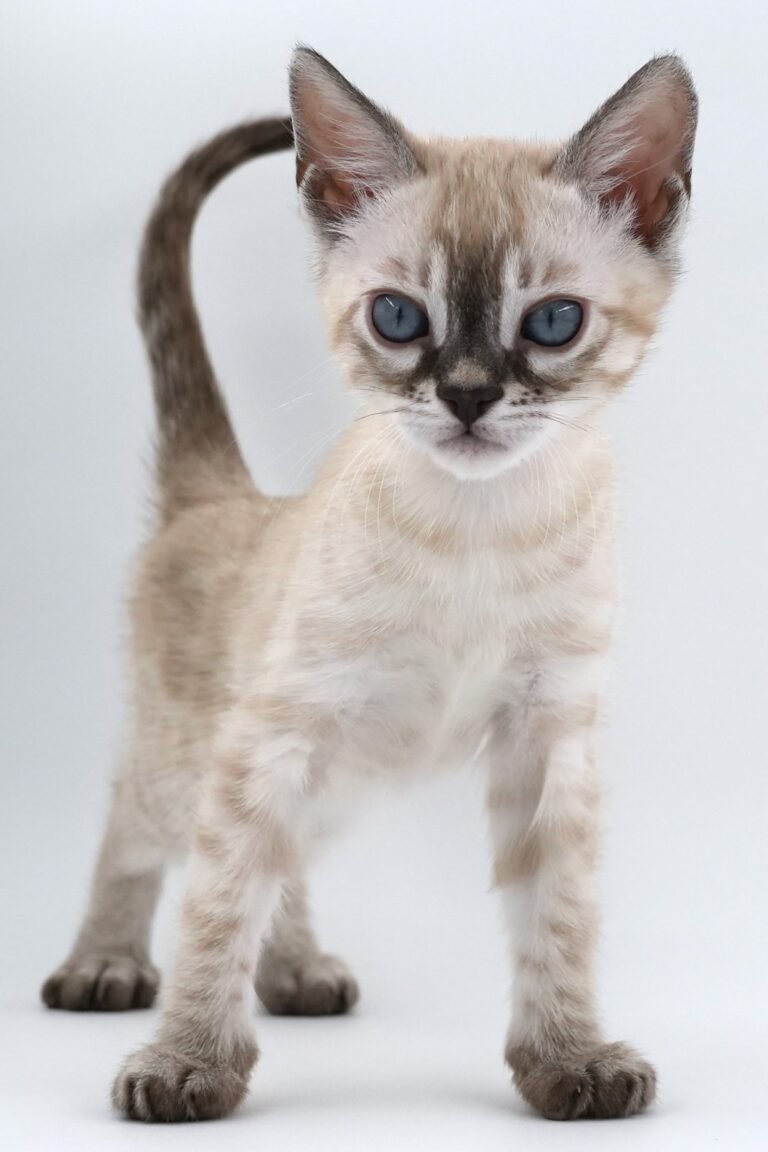
Ensuring Bengal Litter Box Success
Choosing the right litter and box is essential for fostering good habits in your Bengal kitten and preventing issues like house soiling. A well-maintained litter box not only supports their health and happiness but also reinforces these positive habits. The time and effort you invest in perfecting your cat’s litter box experience will lead to a more content, stress-free Bengal and harmonious home.




